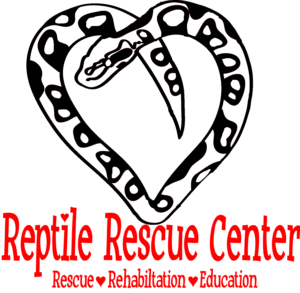All new reptiles should be quarantined upon arrival into your home, whether they come from a friend, a well-respected breeder, a pet store, or are wild-caught. Even if the new reptile came from the same source as your current reptile, it should still be quarantined. The purpose of quarantine is to isolate a new reptile from your established reptile(s) so it can be monitored for contagious disease. During quarantine, the reptile should be observed for any signs of illness, and taking several fecal samples for testing is also recommended.
The quarantine area should be as far away from the established reptile(s) as possible. If at all possible, the best scenario for isolation would be a separate building, but in most situations, using a room on the opposite end of the house will suffice.
Animals in quarantine should be handled as little as possible. The less they are handled, the less the chance of contamination. New arrivals have also been subjected to a lot of stress, so minimal handling is recommended anyway to let them settle in.
The accepted duration for quarantine varies. Some people feel comfortable with a minimum of 30 days of quarantine, others recommend that the minimum be 60 or 90 days. We recommend erring on the side of caution, especially if the reptile came from a questionable source or a location where it may have been exposed to lots of other reptiles (an expo, pet store, etc).
If any new reptile(s) come in and also enter quarantine, the “quarantine clock” should start over. If any animal in quarantine shows any signs of illness, the quarantine clock should stat over once the animal(s) have been vet-checked and the illness taken care of.
The established reptile(s) and those in quarantine should have a completely different set of tools and supplies – different cleaning supplies, feeding tongs, spray bottles, paper towels, vitamin supplements, etc. Reptiles in quarantine should be kept simply – enclosures, dishes, and cage furniture should be easy to disinfect. Using disposable items when possible is best. Substrate should be paper towel, newspaper, or similar as it is easier to monitor for mites and irregular feces.
Any uneaten food offered to an animal in quarantine should be thrown out, never offered to any other animal.
The established collection should always be worked with first. The animals in quarantine should always be worked with afterward, starting with healthy animals, and then any animal showing signs of illness should always be worked with last. It’s a good idea to wear gloves and even a lab coat or something similar. Remember to take off any jewelry or accessories such as watches, bracelets, or rings. Clothes should be removed immediately after working with animals in quarantine and put in the laundry, or bagged until they can be washed. The established collection should not be handled (or visited) again until you have showered and changed clothes.
Even if an animal has successfully passed the time period of quarantine without any problems, if it is not eating, it should remain in quarantine. With snakes, we like to make sure that they’ve had at least four meals before they are considered out of quarantine.
Things to watch for when a reptile is in quarantine are it’s general appearance and behavior, defecation and urination, internal or external parasites, wheezing or gasping, irregular movements or unnatural postures, and that it is feeding properly. Weight should be monitored (measured with a reliable scale) on a weekly basis, and several fecal tests are also recommended.
The bottom line is, it’s always better to be safe than sorry!
 Follow
Follow


